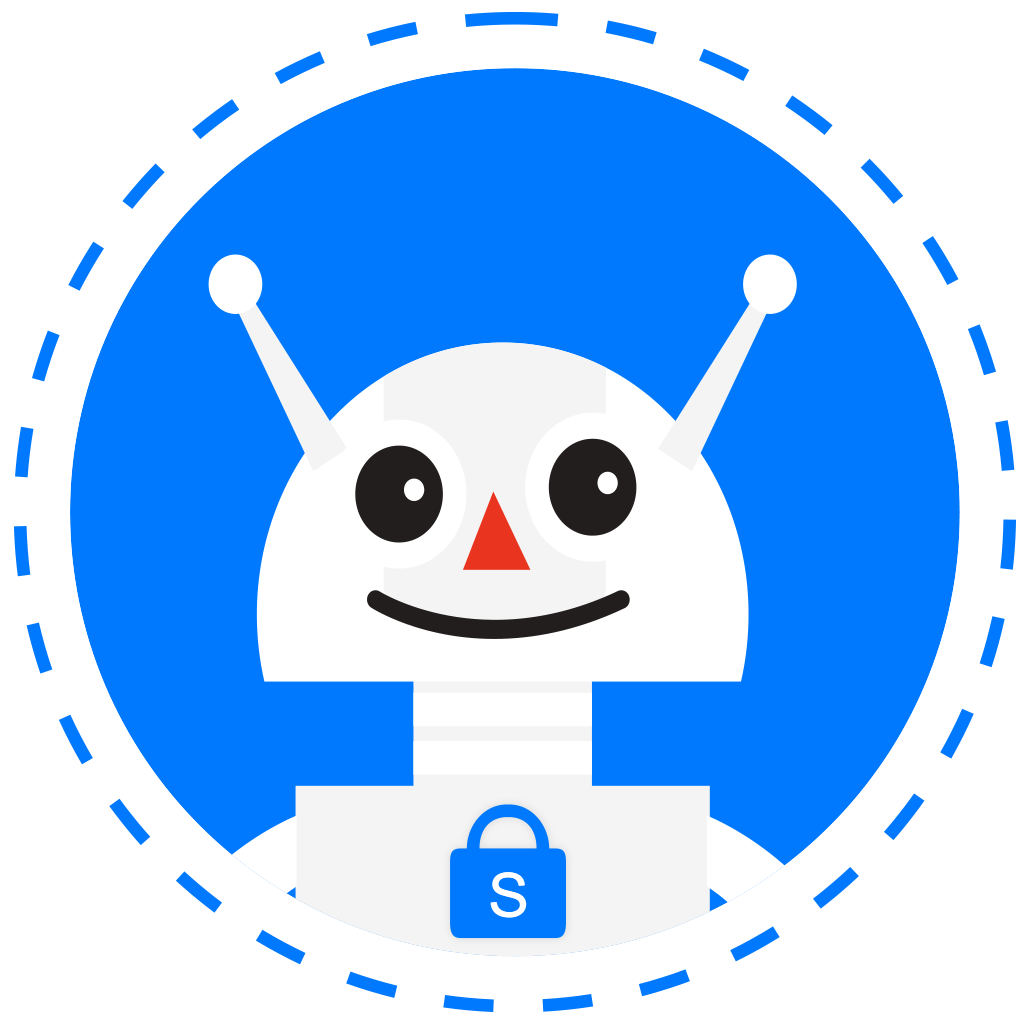How to Recover a Failing Chatbot Project
How to Recover a Failing Chatbot Project
Huge numbers of chatbot launches around the world to help drive enthusiasm and support for these AI and NLP-powered helpers. While not all meet with success, failure should not get a company or department down, most bot projects can be recovered and made to succeed.
An all-too-common scenario in business happens when a manager or director sees a rival firm’s chatbot in action and demands you build one too. The pressure to get the job done with a minimum of resources can result in a less than optimal product and rushed launch. Or, the business, notably small companies or startups, believe they will benefit from a bot, but don’t take the time to truly understand the technology.
Whatever the issue, most bots can be turned around into a successful project. Or, they have a natural shelf life, can be replaced with something better.


You Built It, But They Didn’t Come
The most common issue with a chatbot is lack of user interest and interaction. This generally happens when a company puts the bot out there with minimal planning and marketing.
Solution: Accept that the initial damage is done, and reset your expectations. Start to market the bot properly, mentioning it on all your social media channels, draft press releases for your trade and industry publications. Even write a “how we’re turning out bot around” post, as many businesses will be suffering from the same issue and want to know how to work through it.
Top 4 Most Popular Bot Design Articles:
If the bot has been marketed to some degree, but still lacks visitors, make it your focal point for customer interactions, remove other options such as the support email, with an automated response directing people to the bot. Ensure there are another ways for people to get in touch, but make them secondary options.
The Bot Don’t Work
You launched the bot, but people fail to reach successful conclusions. We’ve all had bad conversations that we wish we could replay, and this is the same issue, but one that can be fixed. The good news is, with a bot you can. Either through bad design or failure to consider the users’ needs, the bot is not achieving its goals.
Solution: Your first consideration is to disable the bot, or rapidly rewrite its scripts to ensure a better outcome. If your project is in-house or the designers are available in short order. The update option is the best, depending on your resources, as removing the bot means users will consider it abandoned and not come back.
A fresh opening script along the lines of “our bot is undergoing constant improvement, please bear with us” gives you some leeway while a rapid analysis of failed conversations should lead you to better solutions and revisions for the script. With AI bots, more training may be required, while natural language processing (NLP) bots (such as SnatchBot) may need further refinement to identify more relevant keywords.
Whatever the change, make them fast and keep users and potential customers informed to highlight progress. Rarely will all bots work perfectly out of the box, but those struggling to deliver can be iteratively improved to produce better results through the right content and responses.
The Boss Doesn’t Like the Results
Your bot is up and running, and you think it is doing well. But the feedback from the boardroom or head office is that they don’t like the results. This can be the hardest problem to solve, rooted in poor internal communication and unclear delivery promises. Yet, it creates an opportunity.
Solution: First, check to see if the available analytics will provide the “right” answer for the business. Perhaps the analytics are too simple (only focused on active users) or not focused on the appropriate area (success ratings).
If there’s no easy answer, frame the solution in the guise of a post-mortem report highlighting where in the process the bosses needed to clearly express their requirements for feedback, and where things can be improved in the future. Build that into any future bot projects and there should be no issue in the future.
If you or your team forget to ask about higher-level expectations in the first place, the chalk it up to experience.
Chatbots are relatively simple constructs, and even a poor first effort can be salvaged before too much harm is done. While the consequences might be greater the higher up the corporate food chain your bot comes from, the consequences should guide any bot planning and launch to ensure that these issues don’t arise in the first place.
